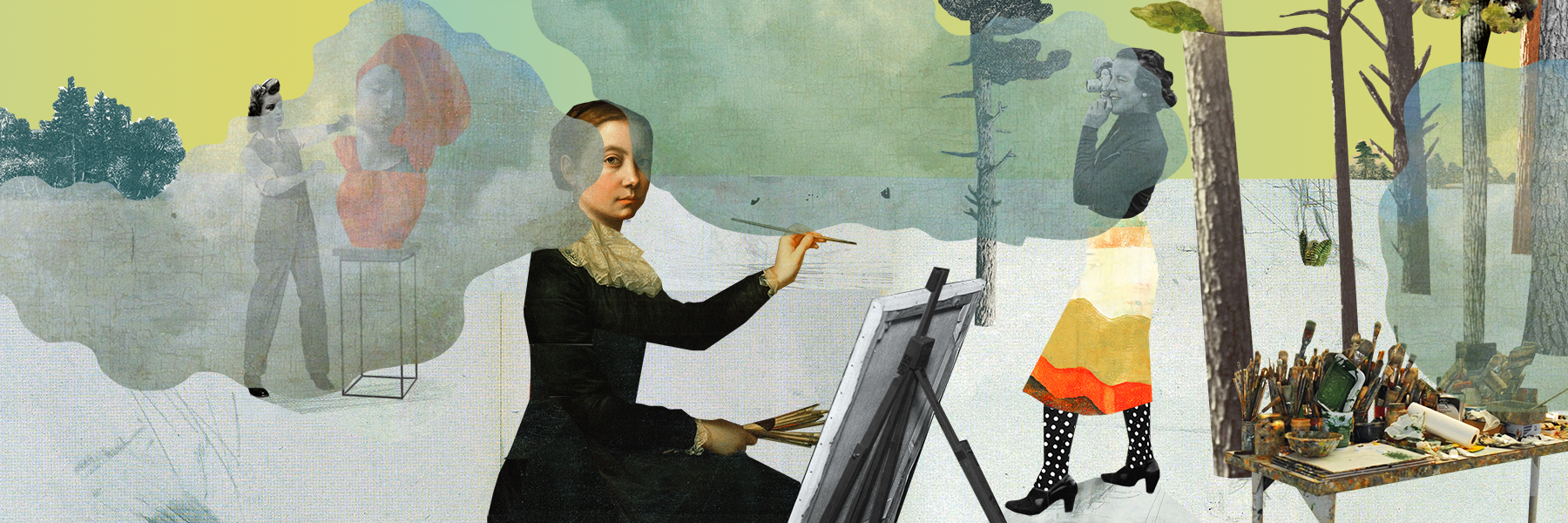
The fight for gender equality in Swiss art institutions
Only about a quarter of all exhibitions in Swiss art museums are dedicated to women artists, an under-representation also seen in key leadership positions in art institutions. SWI swissinfo.ch revealed these numbers in a survey and has reported on what is being done to balance gender equity in the art world.
More and more women are taking the lead in Swiss art museums – most recently Ann Demeester at Zurich’s Art Museum. But much needs to be done to bring more art works produced by women on the walls of art institutions.

More
‘Swiss art museums must become more female’
In Switzerland, various projects have been launched in recent years to promote the work of women artists and to support them in their careers. From a women-only museum to coaching programmes and street or social media activism, women are laying claim to the artistic landscape. But the slow pace comes as no surprise in a land where women were only granted the right to vote at a national level in 1971.

More
‘Do women have to be naked to be shown in Zurich’s public space?’
Switzerland is home to many great artists, but until recently it was mostly men that gained worldwide attention. But little by little, Swiss women artists have also started to be recognised abroad, in important competitions and museums. Even in Switzerland, women who have been creating for decades are only now being noticed by their home country’s institutions. For example, doyens Esther Eppstein and Vivian Suter were the winners of this year’s Swiss Grand Award for Art (the Prix Meret Oppenheim).
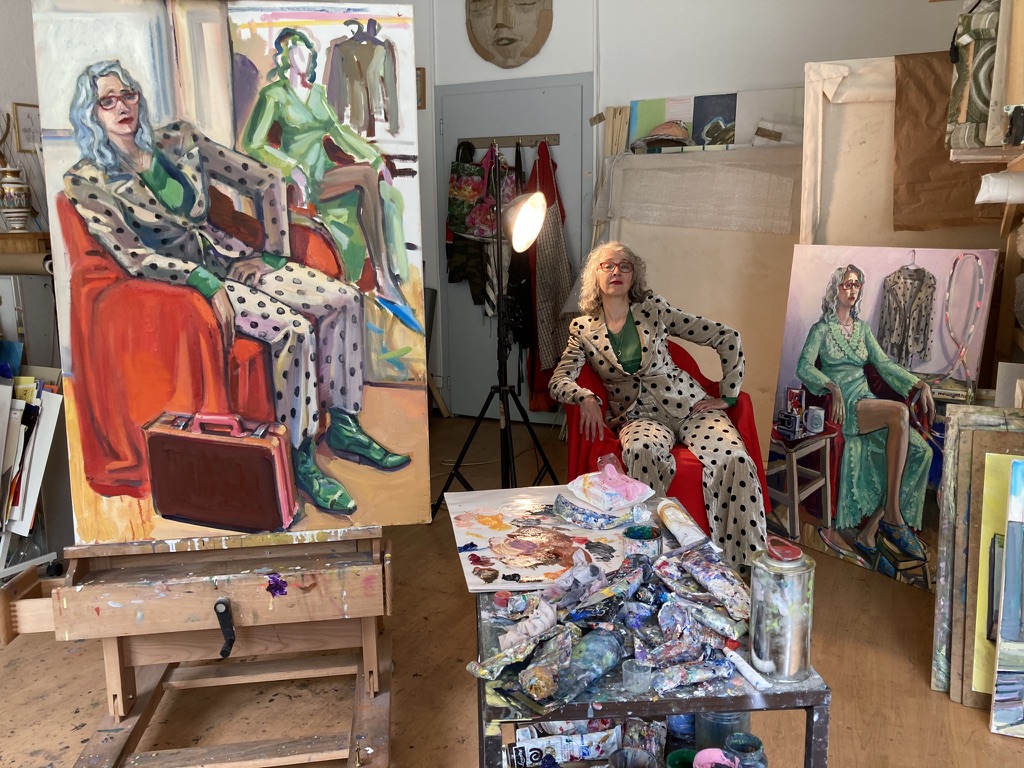
More
Awards don’t spoil Esther Eppstein’s faith in the underground
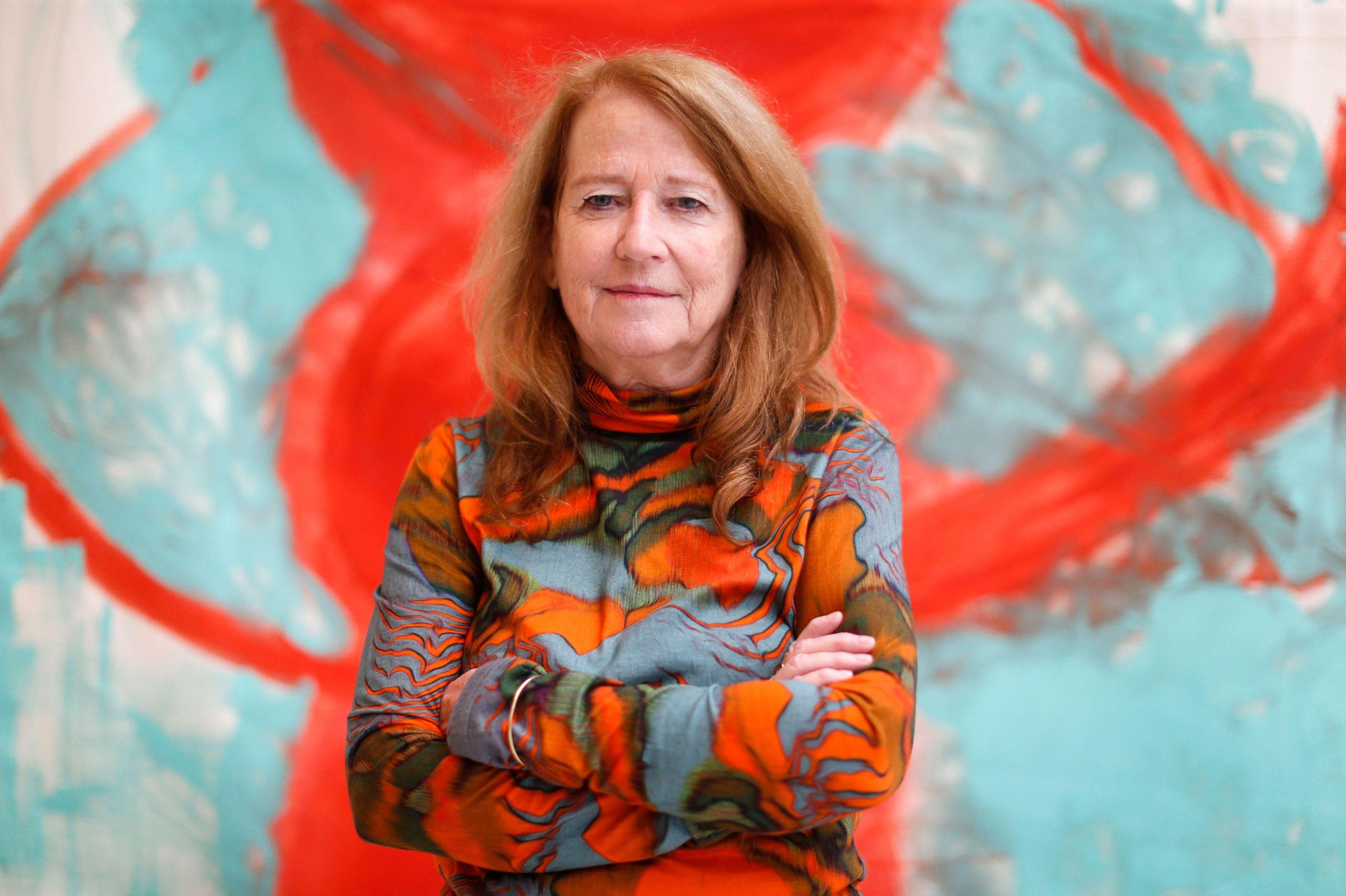
More
‘My pieces are like nature, they carry on living’
The Bilanz artists ranking, a reference in the field, annually ranks the most interesting and internationally successful Swiss artists based on content and relevance rather than market value. In the latest (2021) edition five women are in the top 10: Basel-born Miriam Cahn is top of the list, followed by Pipilotti Rist in second place, then Silvia Bächli (6th), Pamela Rosenkranz (9th) and Shirana Shahbazi (10th).
Until 2019 there was no empirical way of determining how visible, or invisible, women artists were in the country’s cultural institutions; the Federal Statistical Office did not have data on equality in art museums. SWI swissinfo.ch and Swiss public television RTS joined hands to fill the gap and published the first national survey on inequality in art institutions. Between 2008 and 2018, we found that only 26% of all solo exhibitions in Swiss art museums were dedicated to women.
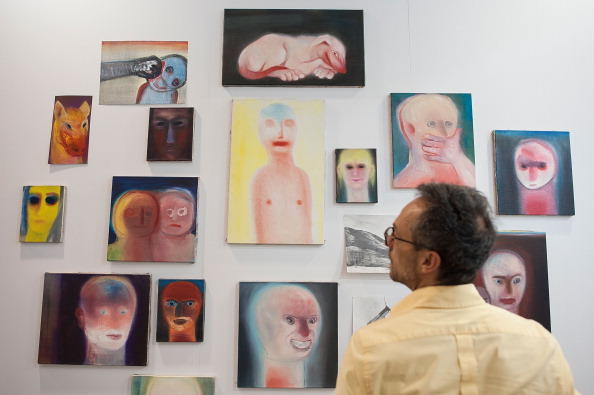
More
Women artists struggle for visibility in Swiss museums
The struggle for women artists’ recognition is also a worldwide issue. The Guerrilla Girls’ protest at the Museum of Modern Art (MOMA) in New York in 1984 – sparked by the exhibition “An International Survey of Recent Painting and Sculpture”, in which 13 of 169 artists were women – is considered a milestone, but the fight has been going on much longer.

More
Rediscovering forgotten Swiss women artists
In its message on culture policy for 2021-2024, the Swiss government prioritised the promotion of gender equality in the cultural sector. For the moment, however, financing allocated by the Federal Office of Culture to museums has no “equality clause.” The implementation of temporary quotas to guarantee better balance of gender has not managed to find consensus among the many actors in the cultural sector.
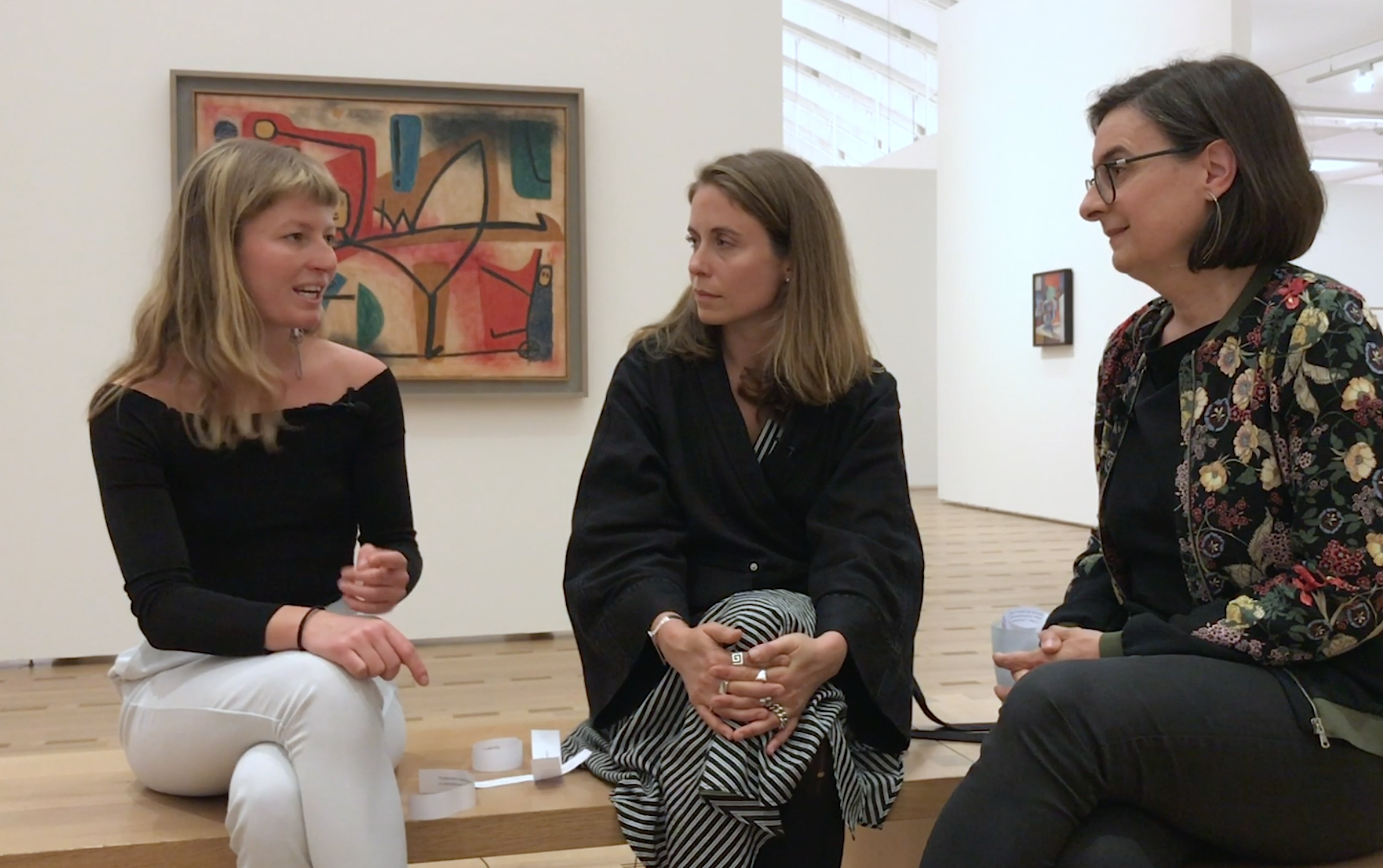
More
What it’s like to work as a female artist in Switzerland
Gender inequality doesn’t only concern art museums. A June 2021 study commissioned by the Pro Helvetia arts council revealed that across the cultural sector “women are notably underrepresented, both at the level of strategic and artistic direction as well as on the stage and in exhibitions”. The researchers looked at performance art (dance and theatre), music, literature, and visual arts, and found that numbers vary widely across disciplines.
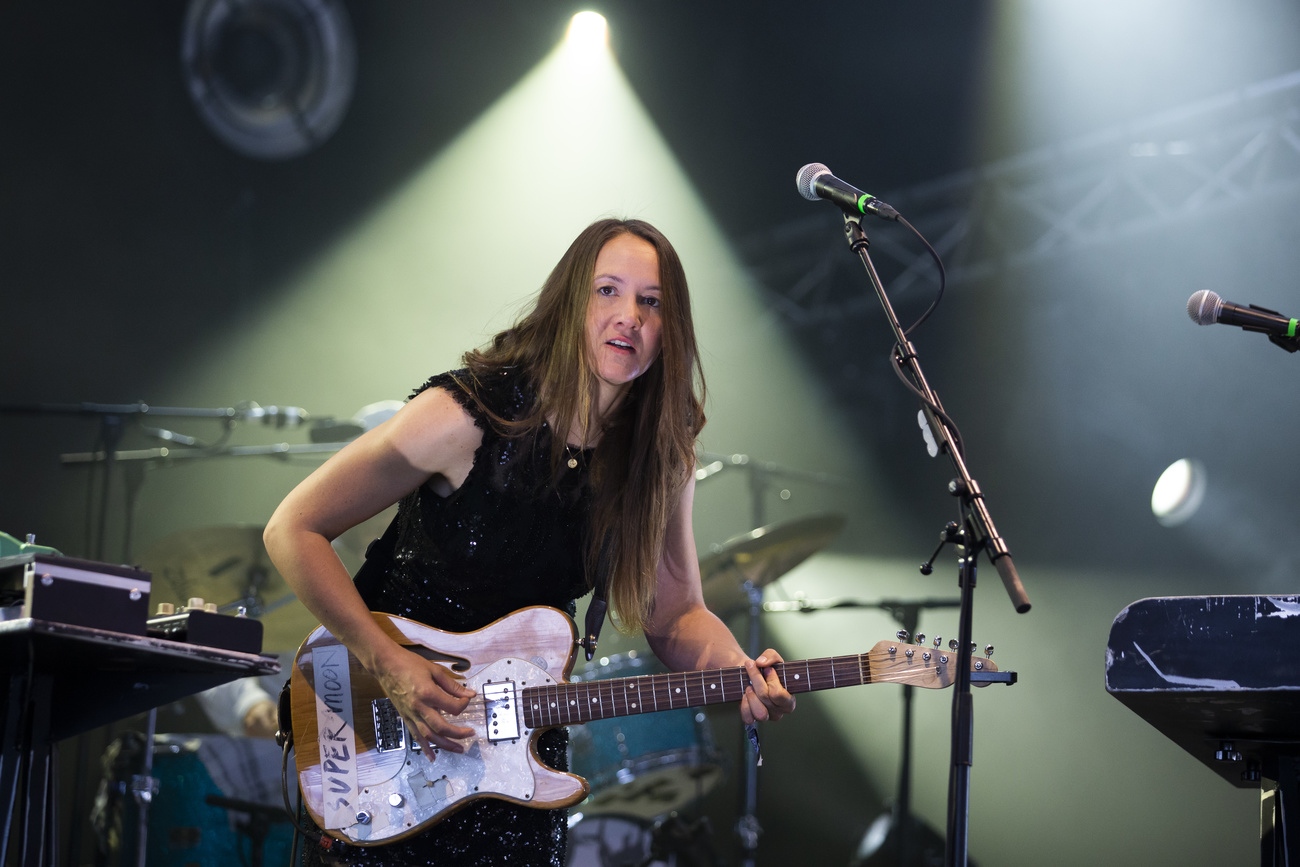
More
Swiss culture sector far from a haven of equality

In compliance with the JTI standards
More: SWI swissinfo.ch certified by the Journalism Trust Initiative








